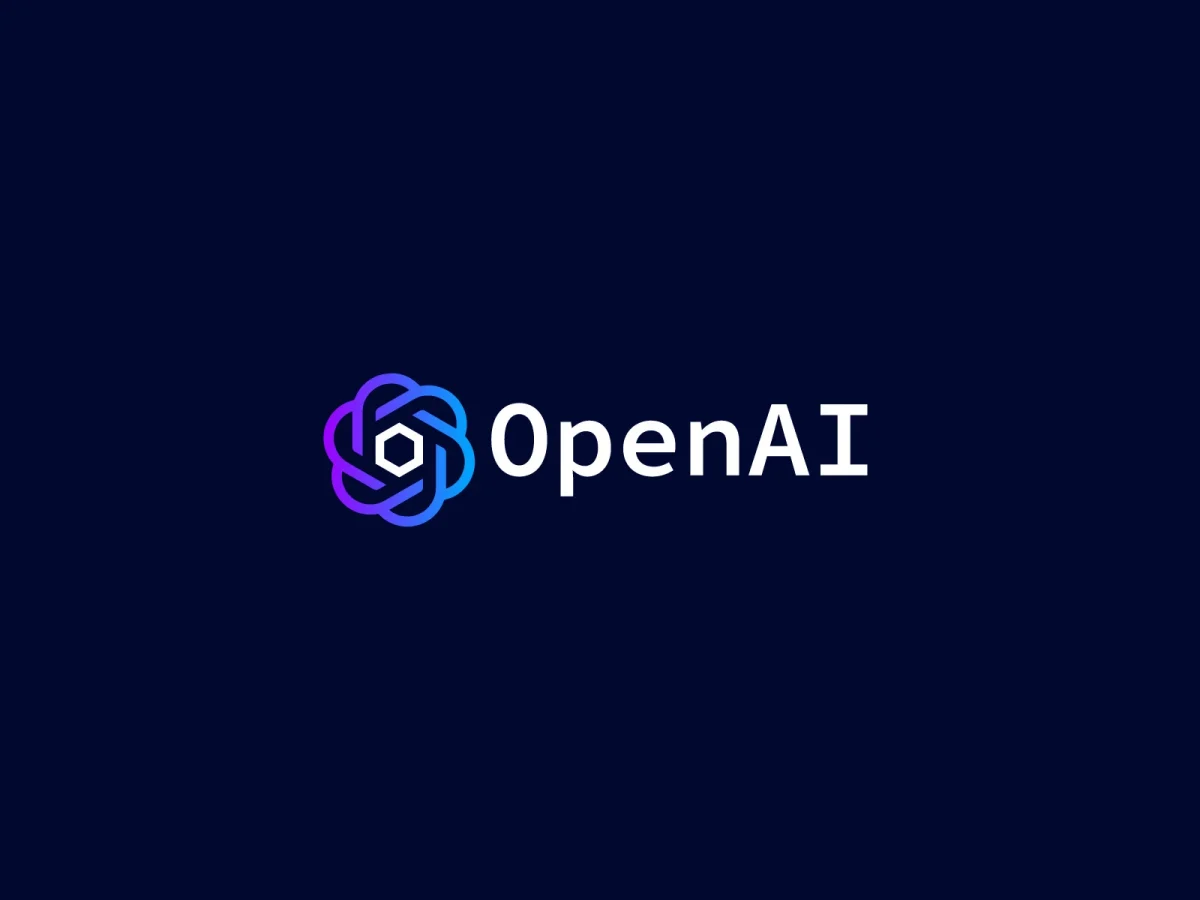Overview:
1. OpenAI is entering hardware — developing ChatGPT-powered devices like a screen-less smart speaker, AI glasses, a recorder, and a wearable pin, with first launches targeted for late 2026–early 2027.
2. Jony Ive’s role is official — OpenAI acquired his startup io Products in July 2025, bringing Apple-grade design expertise into its hardware push.
3. Apple supply chain partners are involved — OpenAI is in talks with Luxshare and Goertek, the same firms behind iPhones, AirPods, and HomePods.
4. Market context is challenging — Humane’s AI Pin and Rabbit R1 have struggled, while Plaud Note exceeded $10M in sales, showing only focused use-cases succeed.
5. Risk vs. potential — Execution, privacy, and timing are critical. If OpenAI nails a daily, repeatable use-case, this could be the “iPhone moment” for AI hardware.
OpenAI is moving from pure software to consumer hardware. Multiple credible reports indicate a lineup that could include a screen-less smart speaker, AI glasses, a voice recorder, and a wearable pin, with first launches targeted for late 2026 to early 2027.
What’s confirmed vs. rumored?
- Hardware supply chain: OpenAI has engaged Luxshare (major Apple assembler) and has approached Goertek for modules—both long-time Apple partners.
- Device concepts in testing: A smart speaker without a display plus explorations of glasses, a digital voice recorder, and a wearable pin are in scope, per The Information reporting summarized by major outlets.
- Timing: Internally targeted window is late 2026 or early 2027 for the first device(s).
- Talent: OpenAI has poached dozens of Apple veterans (at least ~25 in 2025), led by ex-Apple leadership on the hardware side.
- Strategic intent (“beyond screens”): Leadership statements and reporting emphasize an ambient, screen-light product that sits alongside (not replaces) phones and laptops.
The Jony Ive + “io” factor (now official)
OpenAI isn’t just “working with” Jony Ive—it acquired his hardware startup, io Products, Inc. OpenAI and Ive announced the merger on July 9, 2025; WSJ previously reported an all-equity deal valued around $6.5B (OpenAI’s post confirms the merger; WSJ reported the valuation). This gives OpenAI world-class industrial design plus a dedicated hardware org.
Market context: why this matters (numbers, not vibes)
- The AI-hardware category is young and uneven: Humane’s AI Pin struggled, and Rabbit R1 has limited traction—while Plaud Note (AI recorder) has reportedly surpassed $10M in sales, proving demand for the right use-case.
- Distribution leverage: Partnering with Luxshare signals capacity for scale at smartphone-class manufacturing tiers—rare for a first-time device maker.
- Hiring velocity (Apple talent inflow) increases odds of tight hardware–software integration—the differentiator that made iPhone/AirPods sticky.
What an “AI-native” device likely optimizes for
Based on the sources above, expect emphasis on:
- Ambient awareness (always-listening/seeing sensors with on-device + cloud inference) and context memory—to feel proactive, not reactive.
- Voice-first UX with minimal or no screen for v1 hardware.
- Desk/pocket presence—a “third core device” that complements your laptop + phone, not another app silo.
Risks & realities (what the data suggests)
- Hardware execution risk: Even well-funded AI pins stumbled. Without killer, repeated daily jobs-to-be-done, retention drops fast. (Contrast: Plaud Note’s clear recording/transcription loop → $10M+ revenue.)
- Privacy & safety: “Ambient” implies continuous sensing—regulators and consumers will scrutinize default data retention, on-device processing, and consent flows. (OpenAI’s public statements on “ambient” devices underscore the direction.)
- Timing: A 2026/27 debut leaves a long runway where incumbents (Apple/Google/Amazon) can iterate aggressively in speakers, wearables, and assistants.
Did You Know?
- OpenAI’s supply-chain scouting includes the exact vendors that built iPhones, AirPods, and HomePods—Luxshare and Goertek—a shortcut to proven components and yield.
- The “beyond screens” mantra comes directly from WSJ reporting and exec comments, not mere rumor.
FAQs
What devices are most likely first?
A screen-less smart speaker is the most consistently reported candidate; glasses, a recorder, and a pin are also being explored.
When will we see the first product?
Internal targets point to late 2026 or early 2027, subject to the usual hardware slippage.
Is Jony Ive actually inside OpenAI now?
OpenAI completed the merger with Ive’s io Products in July 2025. Ive and LoveFrom remain independent but lead design across OpenAI initiatives.
Who’s building it?
Manufacturing discussions involve Luxshare (Apple assembler) and Goertek (AirPods/HomePods supplier).
How is this different from Humane/Rabbit?
OpenAI is pairing in-house AI models with Apple-grade supply chain and Ive-level design—and is hiring at scale from Apple. Success still hinges on nailing a daily, repeatable use-case.
